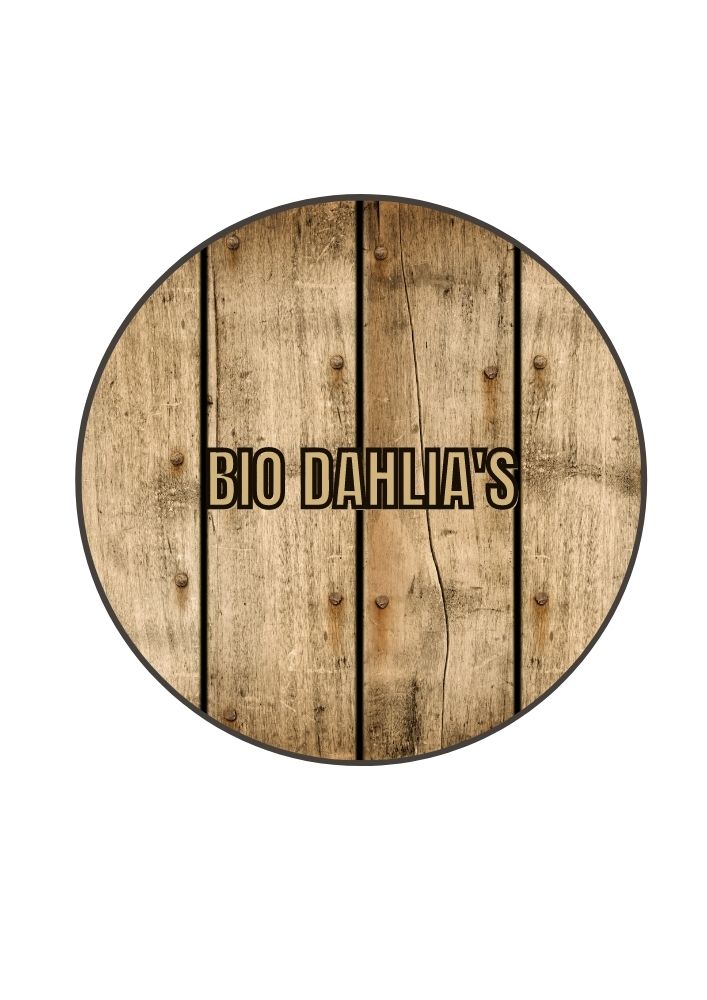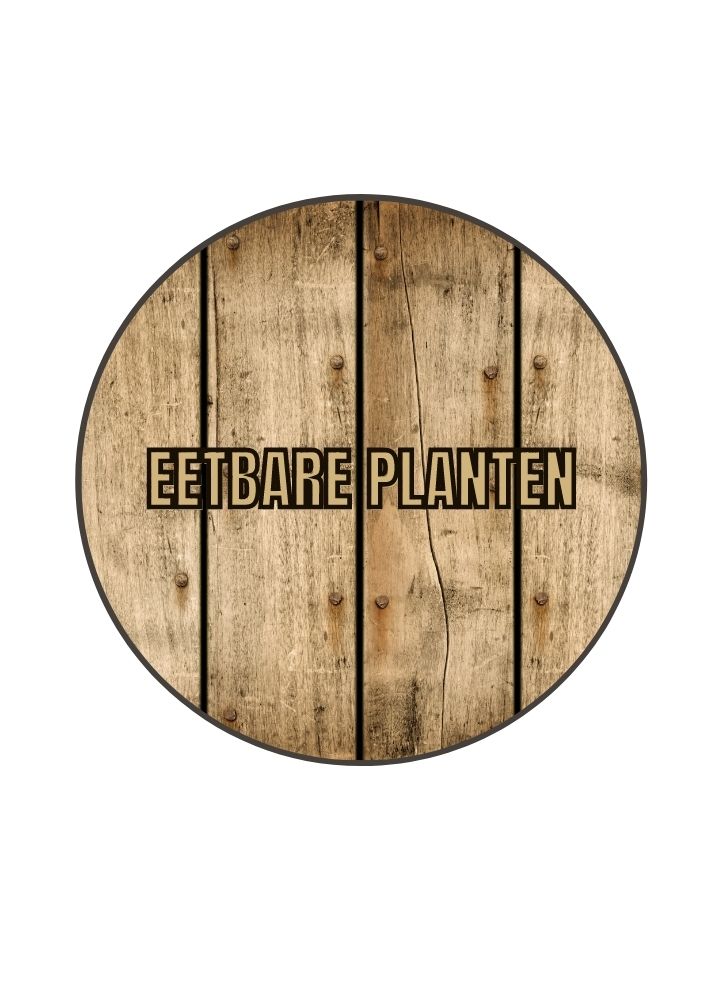On this page you will find our organically grown summer flowering bulbs. In summer, the tubers and rhizomes of perennials mainly bloom. Dahlias have tubers but are categorized as flower bulbs.
Perennials
Perennials have a life cycle of several years. They survive the winter period by letting their above-ground parts die and storing energy in their roots or tubers. They will emerge again in the next growing season.
Numerous varieties of perennials are available, varying in size, shape, bloom time, flower color and leaf texture. This allows you to select a wide variety of plants to meet your specific gardening needs and preferences.
Care of perennials
In general, perennials are relatively easy to maintain. They usually require regular watering, fertilization and pruning. However, some species may have more specific care requirements.
Perennials often have different seasonal characteristics. For example, some perennials bloom in the spring, while others bloom in the summer or fall. This means that with the right selection of perennials you can have a colorful and blooming garden throughout the growing season.
Durable
Because perennials last for several years, they contribute to the sustainability of a garden. They reduce the need for annual replanting, which is both cost effective and environmentally friendly.
Perennials can also help improve soil quality. Their root systems help retain moisture, prevent erosion and enrich the soil with organic matter as they die and decompose.
Tubers
A tuber is a thickened, underground stem or rhizome that stores nutrients and reserve energy. It is a compact mass consisting of the base of the stem and/or the roots of the plant.
Tubers accumulate reserves during the growing season, mainly through photosynthesis, and then use these reserves to survive in the winter. They act as an energy source for new growth when conditions are favorable again.
Tubers have a characteristic structure. They are usually round or oval in shape and vary in size depending on the plant species. The outer layer of the tuber, called the husk, can have different textures and colors. The inner part contains the stored starch and other nutrients.
There are many flower plants that use tubers as a storage structure. Some well-known examples are dahlia tubers, calla tubers, gladiolus tubers and tuberous lilies such as the Madonna lily. These plants usually grow from the tuber and produce flowers, making them favorites in gardens and borders.
When is the best time to plant tubers?
Some tubers such as gladiolus and freesias are perennial, but not winter hardy. You only plant this in the ground after the last night frost. It is best to take the middle of May into account, because after the ice saints the chance of night frost is very small.
It is important to remember that flower tubers thrive best when soil temperatures are optimal. In general, a soil temperature of about 10-15°C is ideal for most tubers. You can check the soil temperature using a soil thermometer.
Favoring indoors
You can also choose to grow the tubers indoors from March onwards, which is what we call pre-cultivation. Then the plant has an advantage and blooms earlier. You then place the pot in a bright place in your room and keep the soil slightly moist. As soon as the night frost has passed, the pot can be placed outside or the tuber can be removed and replanted in the ground. In that case, first keep the pot in a bucket of water for half a day and then plant the tuber in the open ground.
Care of tuber plants
Tubers can be cared for and propagated relatively easily. They should be planted in well-drained soil and usually require a sunny position. During the growing period they must be regularly watered and fertilized. After flowering, the tubers can be dug up, dried and stored until the next growing season.
Some tubers can be propagated by dividing them into pieces or by planting so-called 'tubers', small tubers that form around the main tuber.
























